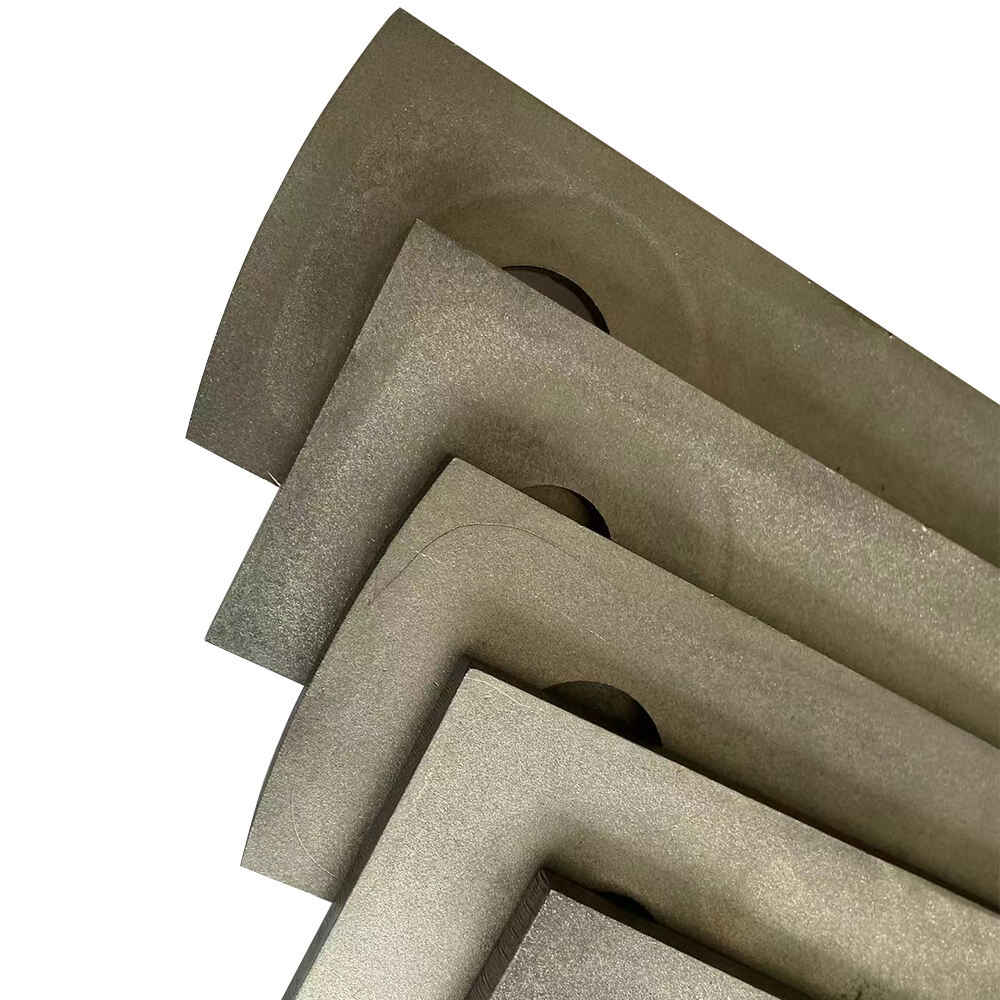Understanding Essential Components of Modern Hammermills
Industrial grinding and size reduction processes rely heavily on hammermills, sophisticated machines that transform raw materials into finely processed products. At the heart of these powerful systems lies an intricate assembly of hammermill parts working in perfect harmony. Whether you're operating in the agricultural sector, recycling industry, or manufacturing, understanding these critical components is essential for maintaining optimal performance and extending equipment life.
The efficiency of a hammermill depends entirely on the quality and condition of its components. From the rotor assembly to the smallest wearing parts, each element plays a vital role in the grinding process. Let's explore the most crucial hammermill parts and discover how they contribute to the overall functionality of these indispensable machines.
Core Components of the Grinding Chamber
Rotor and Shaft Assembly
The rotor and shaft assembly forms the backbone of any hammermill system. This primary component consists of a heavy-duty shaft that supports multiple hammer rods and spacers. The shaft must be precisely balanced to ensure smooth operation at high speeds, typically ranging from 1,000 to 3,600 RPM. The design of the rotor assembly directly influences grinding efficiency and energy consumption.
Modern rotor assemblies feature advanced materials and construction techniques that enhance durability and performance. Engineers carefully calculate the optimal number of hammer rods and their positioning to achieve maximum grinding efficiency while minimizing vibration and wear.
Hammers and Hammer Pins
The hammers are perhaps the most recognizable hammermill parts, serving as the primary grinding elements. These hardened steel components come in various shapes and sizes, each designed for specific applications and materials. The hammers are mounted on hammer pins, which allow them to swing freely and absorb impact forces during operation.
Material selection for hammers is crucial, with options ranging from standard carbon steel to premium alloys with tungsten carbide tips. The choice depends on factors such as the material being processed, desired particle size, and production requirements. Regular inspection and rotation of hammers ensure even wear and consistent grinding performance.
Critical Screening and Containment Systems
Screen Design and Configuration
The screen system plays a vital role in controlling particle size and maintaining processing efficiency. These hammermill parts consist of perforated metal sheets or wire mesh panels with precisely sized openings. The screen design must balance throughput capacity with desired particle size distribution.
Modern hammermills often feature multiple screen sections that can be easily replaced or reconfigured. This flexibility allows operators to adapt to different processing requirements and maintain optimal production rates. Screen maintenance and proper selection significantly impact final product quality and energy efficiency.
Housing and Liner Plates
The hammermill housing and liner plates protect the machine's structural integrity while directing material flow. These heavy-duty components must withstand continuous impact and abrasion. The housing design incorporates strategic wear points where replaceable liner plates can be installed.
Advanced liner plate materials and surface treatments extend service life and reduce maintenance frequency. Proper installation and regular inspection of these hammermill parts prevent unexpected failures and maintain grinding efficiency.

Feed and Discharge Systems
Feed Mechanism Components
Controlled material feeding is essential for optimal hammermill operation. The feed system includes components such as rotary feeders, screw conveyors, or vibratory feeders. These mechanisms ensure consistent material flow and prevent overfeeding that could lead to reduced efficiency or equipment damage.
Modern feed systems incorporate sensors and controls that automatically adjust feed rates based on motor load and other parameters. This intelligent feeding approach optimizes processing capacity while protecting critical hammermill parts from excessive wear.
Discharge Equipment Integration
The discharge system manages processed material removal and often includes airlocks, conveyor systems, and pneumatic transport components. Efficient material evacuation prevents buildup and ensures continuous operation. The discharge system must be properly sized and configured to handle the expected throughput volume.
Integration of dust collection and material handling systems with the discharge components maintains a clean operating environment and supports product quality control. Regular maintenance of discharge system components prevents bottlenecks and ensures steady production flow.
Drive and Control Systems
Motor and Power Transmission
The drive system converts electrical energy into mechanical power, making it one of the most critical hammermill parts. Motor selection must account for starting torque, operating speed, and power requirements. The transmission system, including belts, pulleys, and couplings, transfers power efficiently to the rotor assembly.
Advanced drive systems may incorporate variable frequency drives (VFDs) for speed control and soft-start capabilities. This technology protects mechanical components and optimizes energy consumption across different operating conditions.
Safety and Monitoring Devices
Modern hammermills incorporate various safety features and monitoring devices to protect both equipment and operators. These include vibration sensors, temperature monitors, and emergency stop systems. Regular calibration and testing of these components ensure reliable protection against potential failures.
Integration of advanced monitoring systems enables predictive maintenance strategies, helping operators anticipate wear patterns and schedule maintenance before critical failures occur. This proactive approach extends the life of hammermill parts and reduces downtime.
Frequently Asked Questions
How often should hammermill parts be inspected?
Regular inspections should be conducted daily for visible wear and damage, while comprehensive inspections of all components should occur weekly or monthly, depending on usage intensity. Critical components like hammers and screens may require more frequent checks based on the materials being processed and operating conditions.
What factors affect the lifespan of hammermill components?
The durability of hammermill parts is influenced by several factors, including material hardness, processing speed, feed rate, moisture content of processed materials, and maintenance practices. Operating within recommended parameters and using appropriate materials for specific applications can significantly extend component life.
What are the signs that hammermill parts need replacement?
Key indicators include decreased grinding efficiency, unusual noise or vibration, inconsistent particle size, increased power consumption, and visible wear patterns on components. Regular monitoring of these factors helps determine optimal replacement timing for various hammermill parts.
